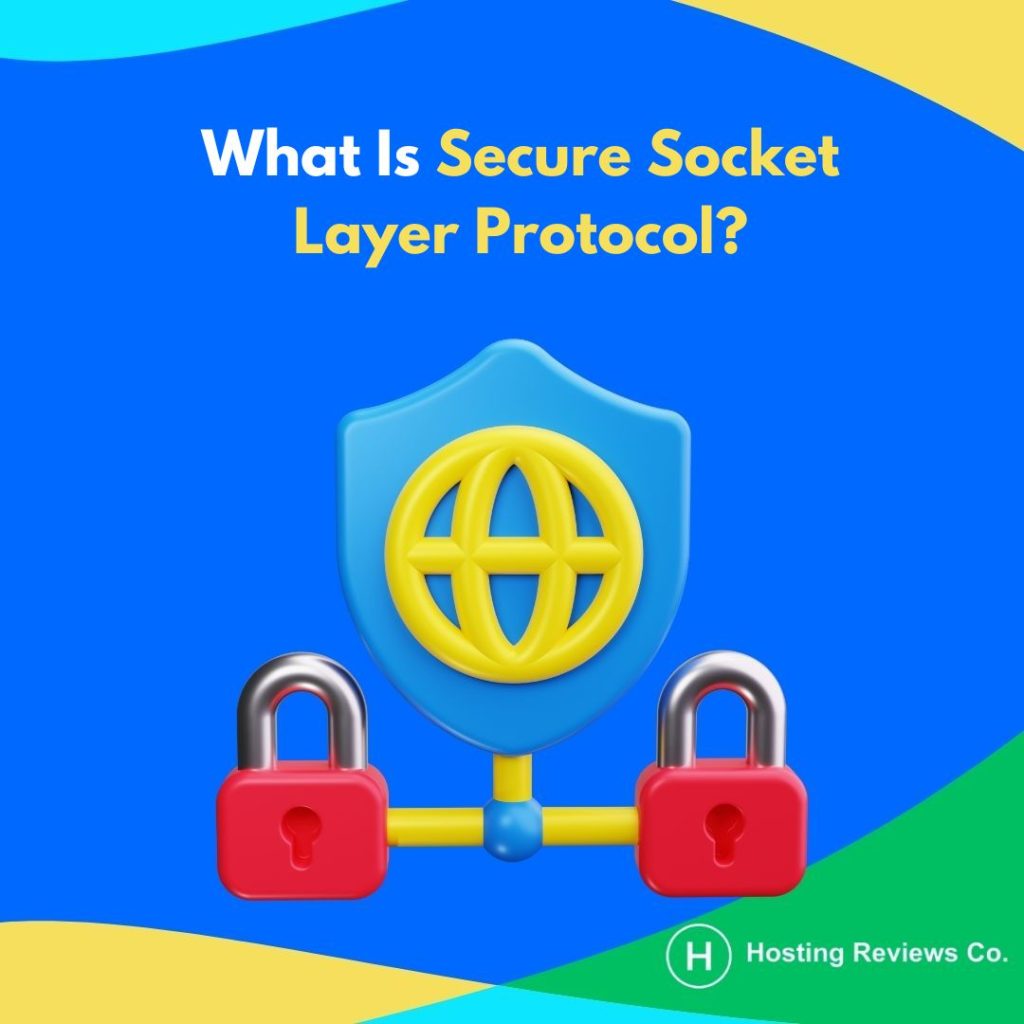If you’re building websites, you’ve probably asked yourself—how do we keep user data safe while it’s being sent? The answer starts with something called the Secure Socket Layer protocol, or SSL.
It’s the technology that quietly encrypts information behind the scenes, so data moves safely between a browser and a server.
And because online privacy now matters more than ever, having SSL isn’t a choice anymore—it’s a basic requirement.

Why SSL Still Matters Today
You’ve probably noticed that little padlock icon next to a website’s URL. That’s SSL in action. It’s doing a silent job, making sure no one snoops on your connection.
In simple terms, SSL scrambles data during transfer. So even if someone intercepts it, all they get is gibberish. That includes passwords, credit card info, and even something as basic as your email.
These days, users expect privacy by default. Without SSL, you’re leaving the digital door wide open.
What Happens Behind the Curtain
SSL works using a system that’s actually pretty elegant—public key cryptography. Think of it as having two keys: one to lock, one to unlock.
The browser asks the server, “Hey, are you who you say you are?” The server replies with a digital certificate. If everything checks out, the browser says, “Cool, let’s chat securely,” and they begin an encrypted session.
But if the certificate’s missing, outdated, or looks shady? The browser throws up a warning. And that scares people off—fast.
SSL Protocol vs. SSL Certificate: Not the Same Thing
Here’s where many devs trip up—mixing up the SSL protocol with an SSL certificate. They’re related, but not identical.
The SSL protocol is the tech behind the scenes. It creates the encrypted tunnel between a user’s browser and your server.
The SSL certificate is the proof. It’s a digital ID issued by a Certificate Authority that says, “This site is legit.”
Think of it this way: the SSL protocol is the tunnel. The certificate is your passport to enter. Without the certificate, the protocol can’t do its job.
So while they work together, they’re not the same—and knowing the difference helps when you’re setting things up.
SSL vs TLS: What’s the Difference?
Let’s clear up a common confusion. While people still say “SSL,” what most sites actually use now is TLS—Transport Layer Security.
TLS is like SSL’s smarter, stronger cousin. It fixes security flaws and works more efficiently. But even developers often refer to it as SSL out of habit. So, when we say SSL today, we usually mean TLS under the hood.
Either way, if you’re not using the latest TLS version, you’re not doing your site—or your users—any favors.
Choosing the Right SSL Certificate
Not all SSL certificates are created equal. You’ve got a few flavors to choose from, depending on what you’re building:
1. Domain Validated (DV)
This is the quickest and easiest certificate to get. You only need to prove you own the domain—no business verification required.
2. Organization Validated (OV)
With OV, you verify not just the domain, but your company too. It’s ideal for small business sites that want to look legit.
3. Extended Validation (EV)
EV is the gold standard. It displays your company name in the browser. That builds a lot of trust, especially on checkout pages.
SSL and the Developer’s Workflow
Installing SSL is step one. But keeping it running smoothly? That takes more attention.
You’ll need to:
- Redirect all your traffic from HTTP to HTTPS
- Set reminders for certificate renewals
- Clean up mixed content issues (which happen way more often than they should)
For example, your CSS or JS file might still be loading over HTTP. Browsers hate that. Users do too. Run a scan and fix every insecure asset.
Security Tools Developers Actually Use
Here’s what we use when we want to make sure everything’s locked down:
- SSL Labs – Run their test and see how your server scores.
- Mozilla Observatory – Gives you a clear checklist to follow.
- Security Headers – Quick insights into HTTP headers you might be missing.
One thing we always do: turn on HSTS (HTTP Strict Transport Security). It tells browsers never to use HTTP again. Small change, big impact.
Hosting with SSL Built In
Let’s be real—manually managing SSL can be a pain. That’s why some hosts make it easier by bundling SSL with their plans. Others… not so much.
If you’re working with WordPress, we recommend checking out our updated list of the Best WordPress Hosting for Developers. It highlights providers that offer auto-renewing SSL, free certificates, and staging environments.
That combo saves time and reduces headaches.
Why SSL Impacts Compliance and Rankings
Don’t forget—SSL isn’t just about data privacy. It’s also a requirement for GDPR, PCI-DSS, and other compliance standards. If you’re handling user data or payments, SSL is non-negotiable.
And yes, Google ranks secure sites higher. It’s a confirmed ranking factor. A missing certificate could mean fewer clicks, less trust, and lower traffic.
Final Thoughts on SSL for Developers
So what is Secure Socket Layer protocol? It’s the safety net behind every secure website. It keeps information private, protects your users, and builds credibility.
But for developers, it’s more than a checkbox. It’s part of the infrastructure. From choosing the right certificate to setting up redirects and testing configs, you play a key role in keeping things secure.
Take the time to get it right. Because when your site is secure, everything else just works better.

Leave feedback about this